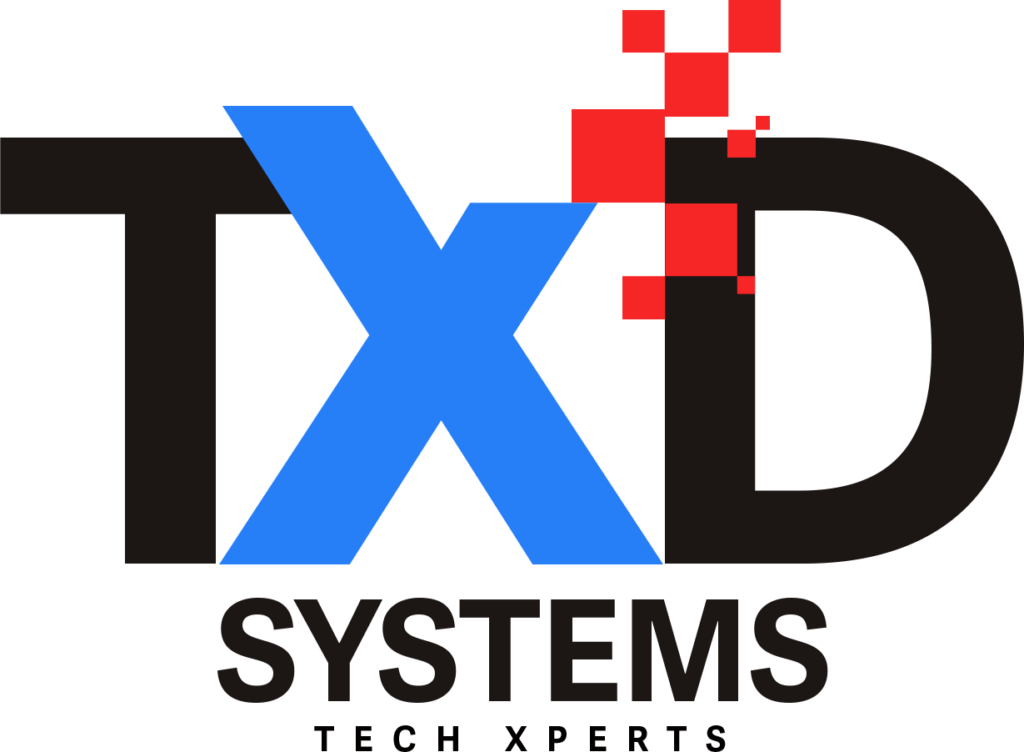
At its simplest, a data center is a physical facility that organizations use to house their critical applications and data. A data center’s design is based on a network of computing and storage resources that enable the delivery of shared applications and data. The key components of a data center design include routers, switches, firewalls, storage systems, servers, and application-delivery controllers.
Modern data centers are very different than they were just a short time ago. Infrastructure has shifted from traditional on-premises physical servers to virtual networks that support applications and workloads across pools of physical infrastructure and into a multicloud environment.
The most widely adopted standard for data center design and data center infrastructure is ANSI/TIA-942. It includes standards for ANSI/TIA-942-ready certification, which ensures compliance with one of four categories of data center tiers rated for levels of redundancy and fault tolerance.
Tier 1: Basic site infrastructure. A Tier 1 data center offers limited protection against physical events. It has single-capacity components and a single, nonredundant distribution path.
Tier 2: Redundant-capacity component site infrastructure. This data center offers improved protection against physical events. It has redundant-capacity components and a single, nonredundant distribution path.
Tier 3: Concurrently maintainable site infrastructure. This data center protects against virtually all physical events, providing redundant-capacity components and multiple independent distribution paths. Each component can be removed or replaced without disrupting services to end users.
Tier 4: Fault-tolerant site infrastructure. This data center provides the highest levels of fault tolerance and redundancy. Redundant-capacity components and multiple independent distribution paths enable concurrent maintainability and one fault anywhere in the installation without causing downtime.
TXD Systems Offers:
- Software Defined Networking
- Hyper-Converged Infrastructure “HCI”
- Traditional Computing & Storage.
- Server Virtualization / Clustering
- Endpoint Computing: Workstation, Desktop, Laptop & thin Client Devices.
- Dat Center Data Protection (NextGen Backup Solutions, Replication & Disaster Recovery, Archiving, etc.)
- Application Performance Monitoring
- Digital Transformation (automation and orchestration services)
